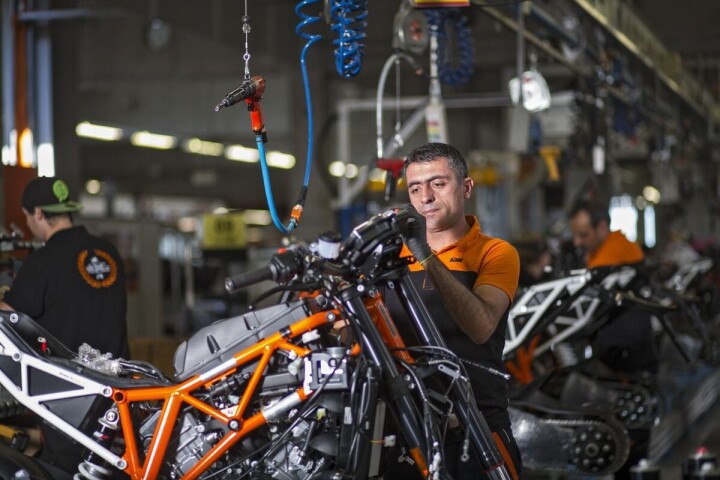In a move that could lead to new innovations in antibiotic production, the genome of a freeze-dried sample of Sir Alexander Fleming's original mold that led to his discovery of penicillin has been sequenced for the first time.
In one of the most fortuitous moments in medical history, a simple accident in 1928 led to a discovery that went on to save millions of lives, sparked the modern antibiotic industry, and helped to change the course of medicine.
In August 1928, Sir Alexander Fleming went on holiday to his country home in Suffolk, UK. Before he left his laboratory at St Mary’s Hospital Medical School, now part of Imperial College London, he started some cultures of the bacteria staphylococcus aureus in a series of Petri dishes .
When he returned in September, Fleming discovered that the lid on one dish was open and that a blue-green mold was growing in an agar nutrient gel. Instead of simply tossing out the contaminated culture, he examined it more closely and discovered that where the mold grew, the staphylococcus aureus didn't.

Identifying the mold as from the genus Penicillium, Fleming eventually found that it produced an antibiotic compound that he isolated and called penicillin.
Things could have ended there for a number of reasons, not the least of which was that penicillin was very hard to produce in any quantity and, though later researchers had some spectacular successes, it wasn't until the Second World War that penicillin was boosted to the status of a wonder drug when a strain of Penicillium from the United States that grew on cantaloupes and produced high levels of penicillin was discovered.
With heavy backing by the US War Department, new production methods for the drug were developed and by 1944 some 2.3 million doses were available for the Allied invasion of Normandy and 646 billion units were produced in 1945. As a result, deaths and amputations among soldiers were cut by up to 15 percent – a fact that greatly helped the war effort and the defeat of the Axis powers.
Since that time, samples of the original Penicillium have been preserved at Imperial College London, but when a team that included scientists from the College, CABI and the University of Oxford began a series of experiments with one of these samples, they found that the genome of the original mold had never been sequenced.

To correct this oversight, the team extracted DNA from the freeze-dried sample, examined the sequence, and compared it to the published genomes of two industrial strains of Penicillium from America. Specifically, they looked at the genes that encode the enzymes that allow the fungus to produce penicillin and those that regulate enzymes in general.
They discovered that although the British and American strains had a similar genetic code, the US strains had more copies of the regulatory genes for making penicillin. However, the penicillin-producing enzymes from the two strains were different, indicating that their wild ancestors evolved naturally to produce different enzymes.
According to team, this is important because antibiotics like penicillin have become increasingly ineffective as bacteria evolve resistance to them. Because the US and UK strains evolved differently to deal with the local bacteria, studying the differences and how they came about could provide clues to improving penicillin production.
"Our research could help inspire novel solutions to combating antibiotic resistance," says Ayush Pathak, from the Department of Life Sciences at Imperial College. "Industrial production of penicillin concentrated on the amount produced, and the steps used to artificially improve production led to changes in numbers of genes.
"But it is possible that industrial methods might have missed some solutions for optimizing penicillin design, and we can learn from natural responses to the evolution of antibiotic resistance."
The research was published in Scientific Reports.
Source: Imperial College London








